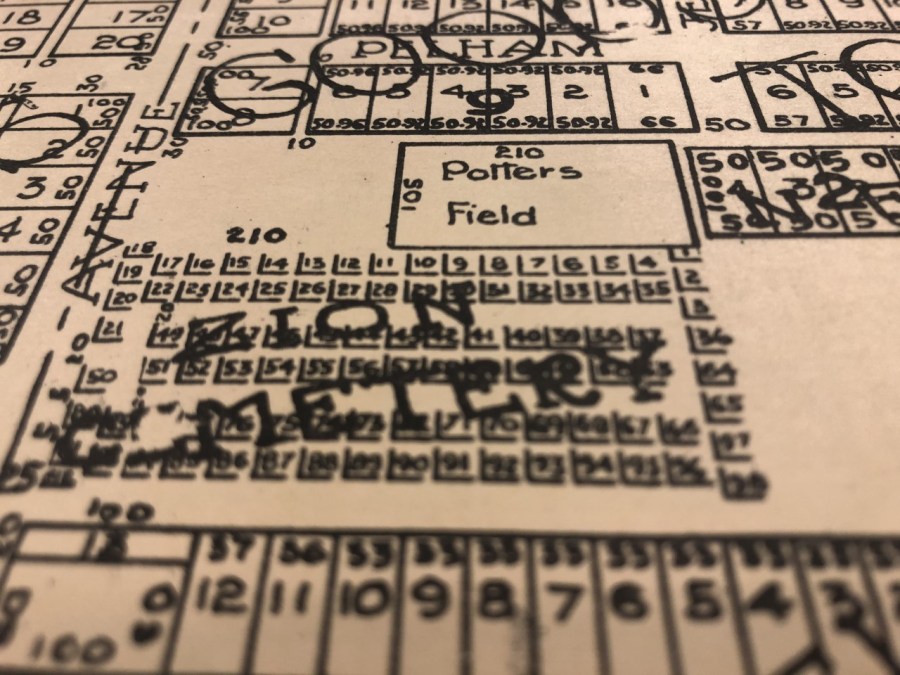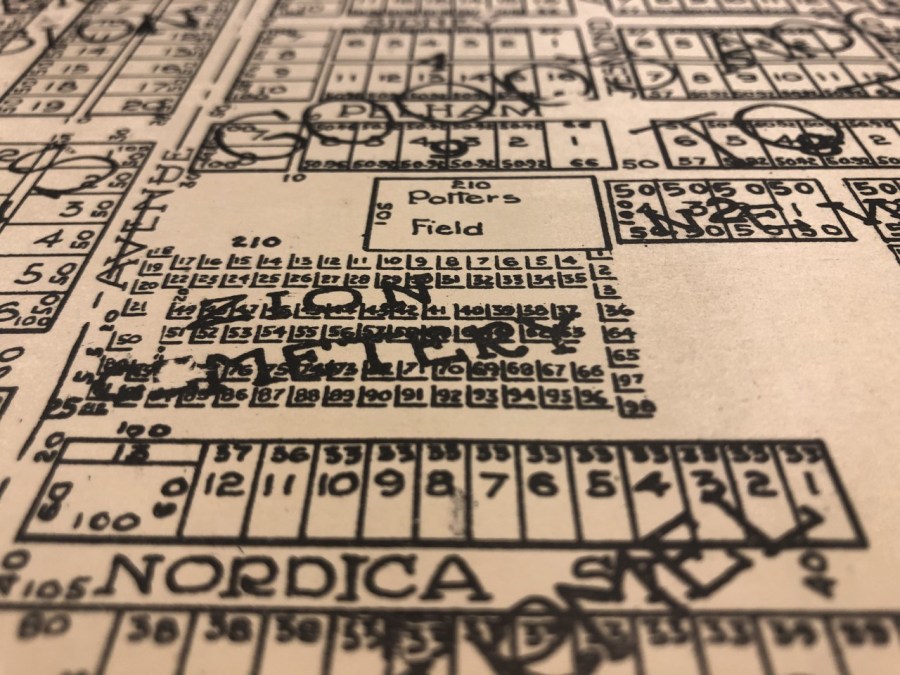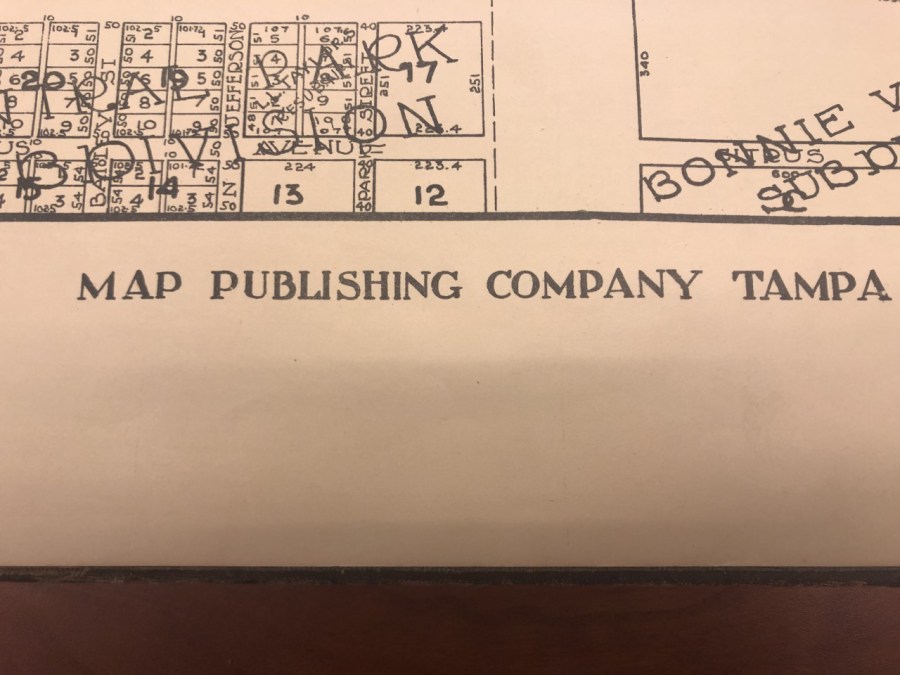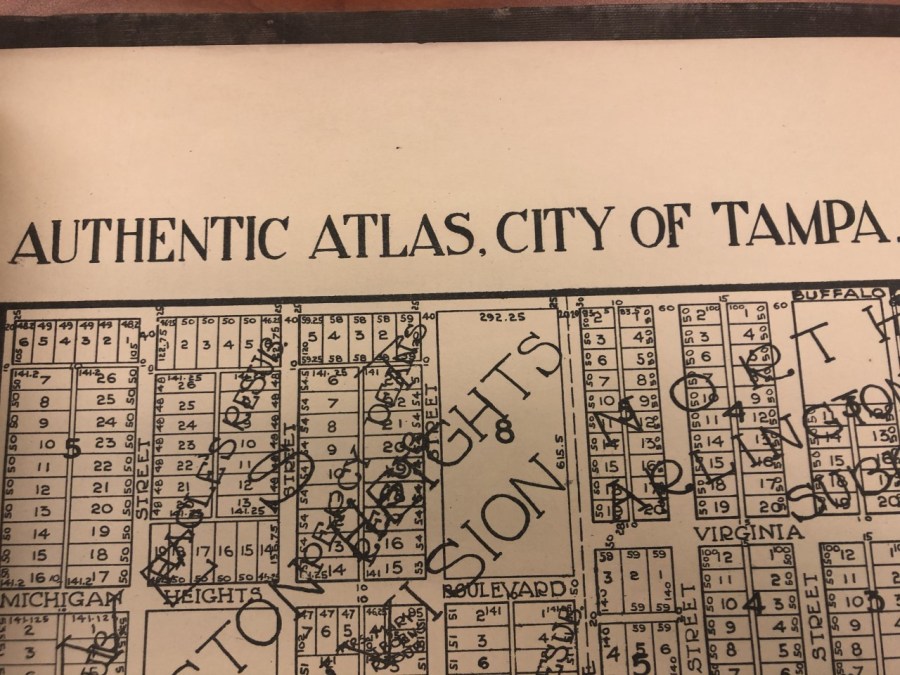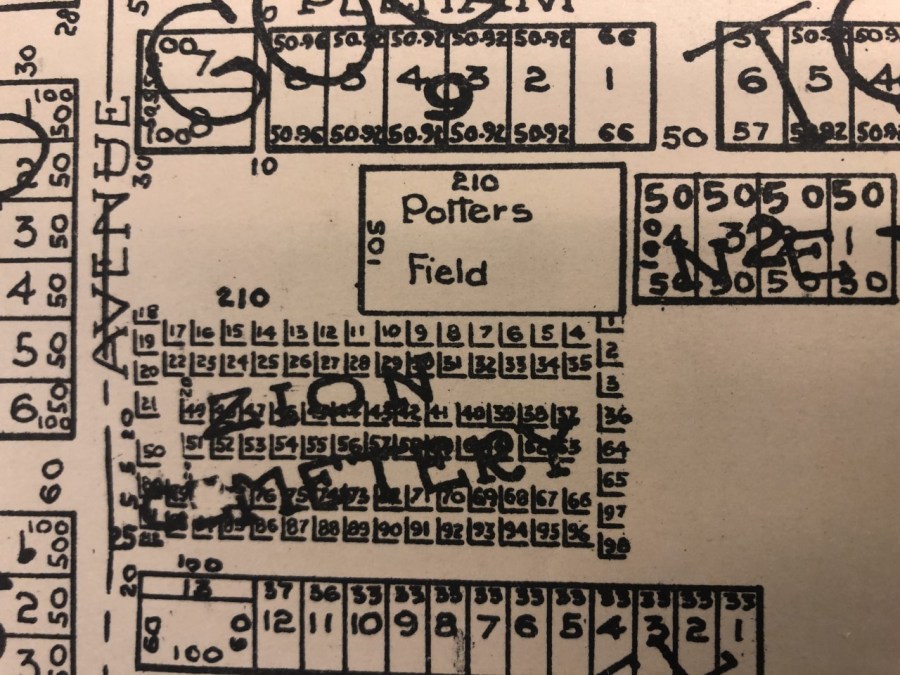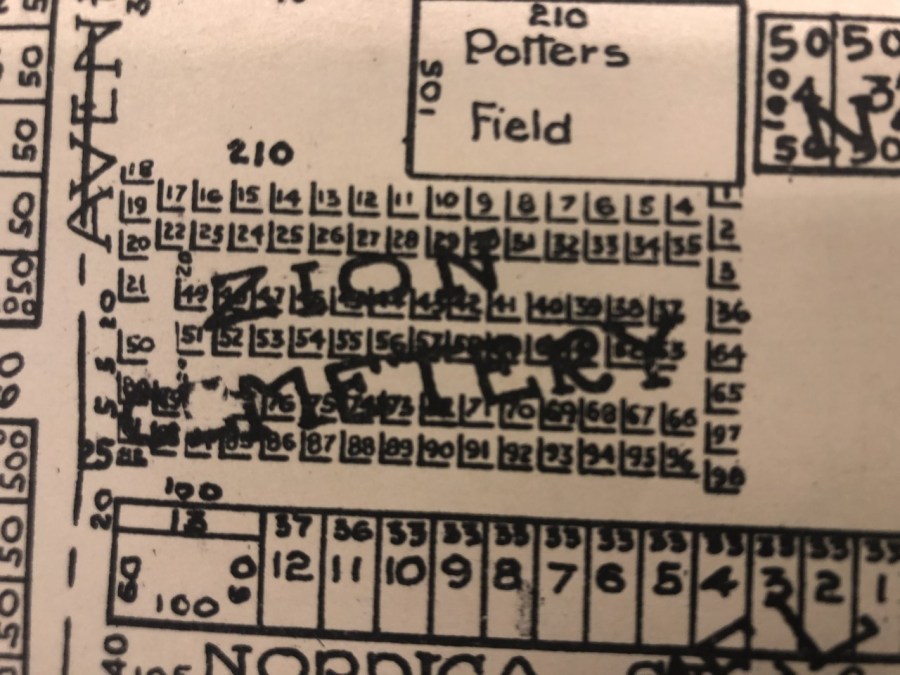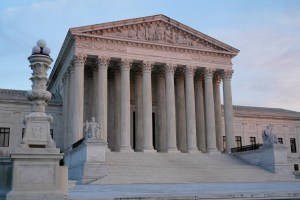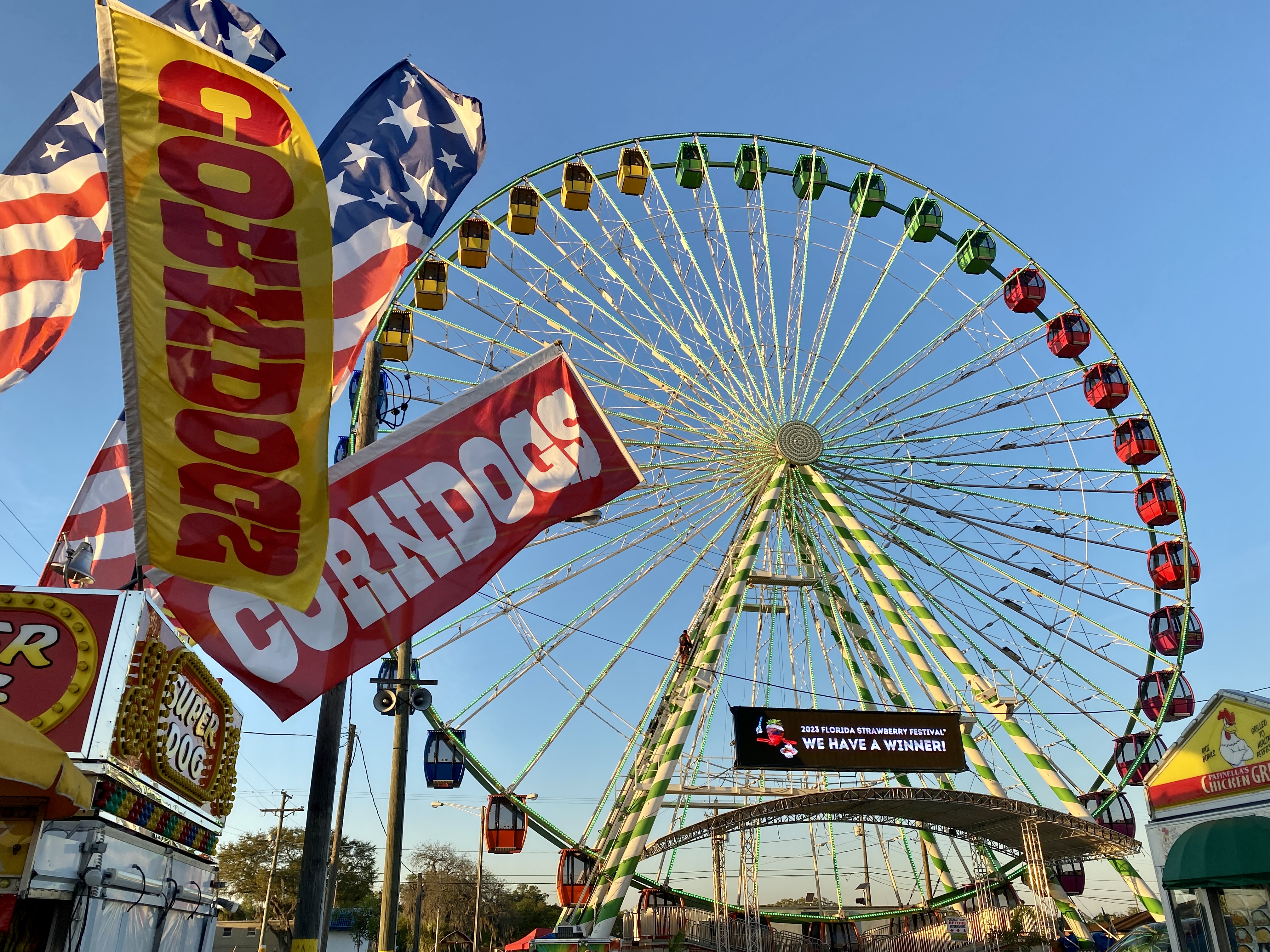TAMPA, Fla. (WFLA) – The old saying goes, dead men tell no tales. But from Tampa’s Robles Park public housing community to King High School property and parts unknown, the dead seem to be speaking.
“Our ancestors are reaching out and are telling a story,” said NAACP president Yvette Lewis.
The confirmation of at least two lost African-American cemeteries in Tampa raises some important concerns and questions – like how did it happen?
Tampa historian Fred Hearns walks an area where hundreds of graves lay beneath buildings built more than seven decades ago. Zion Cemetery, the final resting place of people of color, is unceremoniously ignored.
“There was no voice crying out in the wilderness saying, before we build, let’s make sure there’s no truth to these stories or maybe there is some truth to these stories. It just didn’t happen in the 50s,” Hearns said.
And people definitely knew it was there.
A 1920’s era map at the University of South Florida, from Authentic Atlas, clearly shows the existence of Zion with hundreds of burial plots and a Potters Field. Surrounding it was an African-American neighborhood.
“The African-American neighborhoods were being torn apart by eminent domain and torn apart to create housing for white citizens of this area. So, as a result, there is no voice, no one to stop this from happening,” said USF Librarian Drew Smith.
And why? More than black and white, green – the color of money – was the color that ruled the times.
“The land was valuable. It was ripe for development and so it happened and you have to remember in the early 1950s, there were no African-Americans who had any real political clout,” Hearns said.
Watch Rod Carter’s full report tonight at 6 on News Channel 8.
